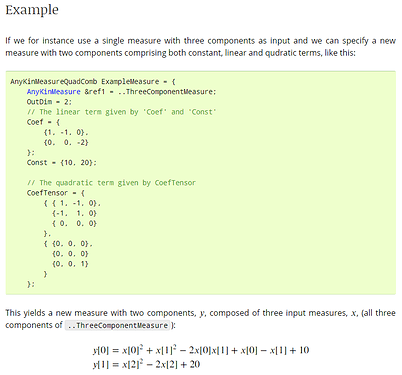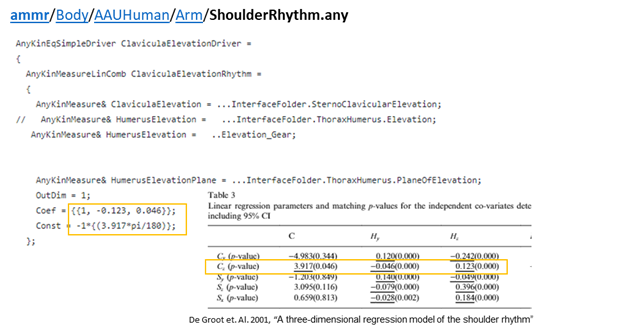Hi, i'm Dwan Lee.
Currently i study moment arm calculation tutorial in AnyBody.
My questions are,
LmtDot is the speed of the contractile element. But if angular velocities always set to 1, what options can affect to LmtDot?
- Muscle wrapping
- SPLine.StringMesh
- Anything else?
From EvaluateMomentArmsStudy.any, why nStep is set to 40?
- I changed this value many times, but the results are always same.
LmtDot can also measure during inverse dynamics step. If i assumed the angular velocities are 1, are they equal or similar to the output from "EvaluateMomentArms.any"?
- If they are not, how can i match them?
Thank you,
Best regards.
Dwan Lee


